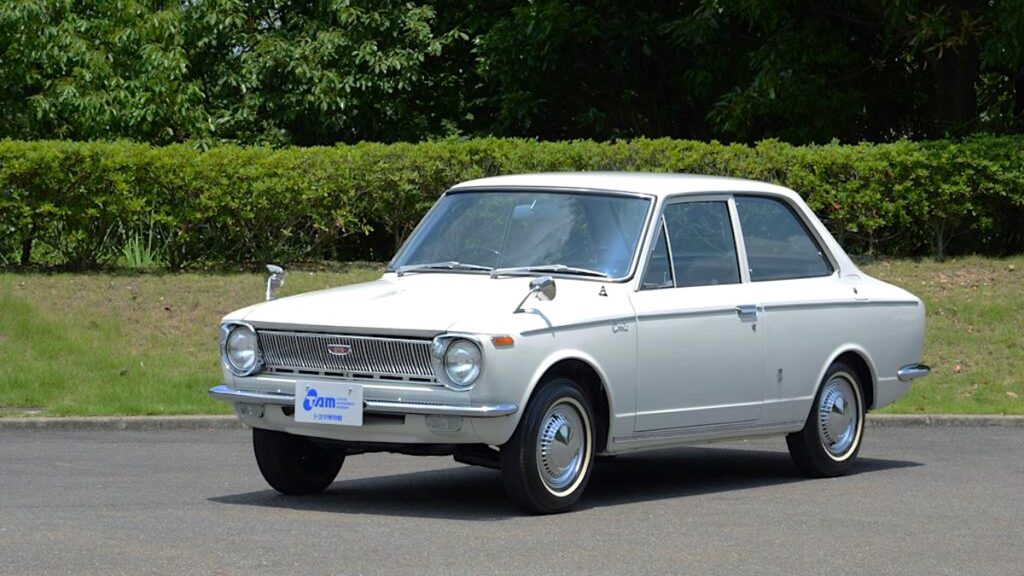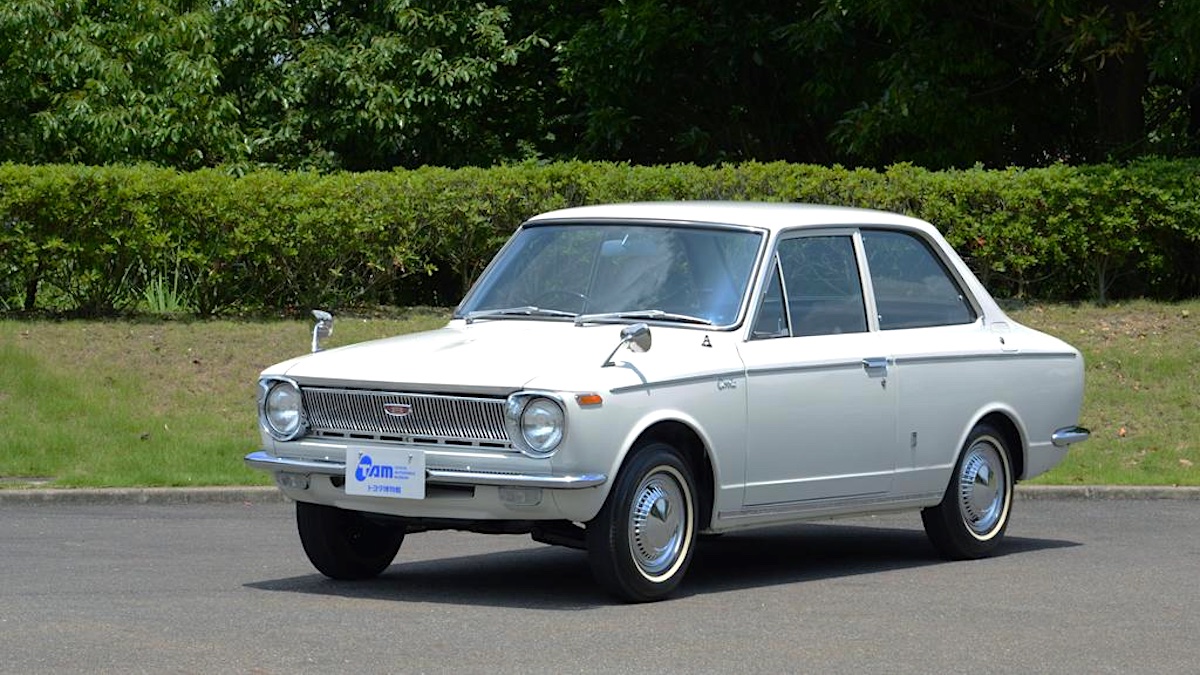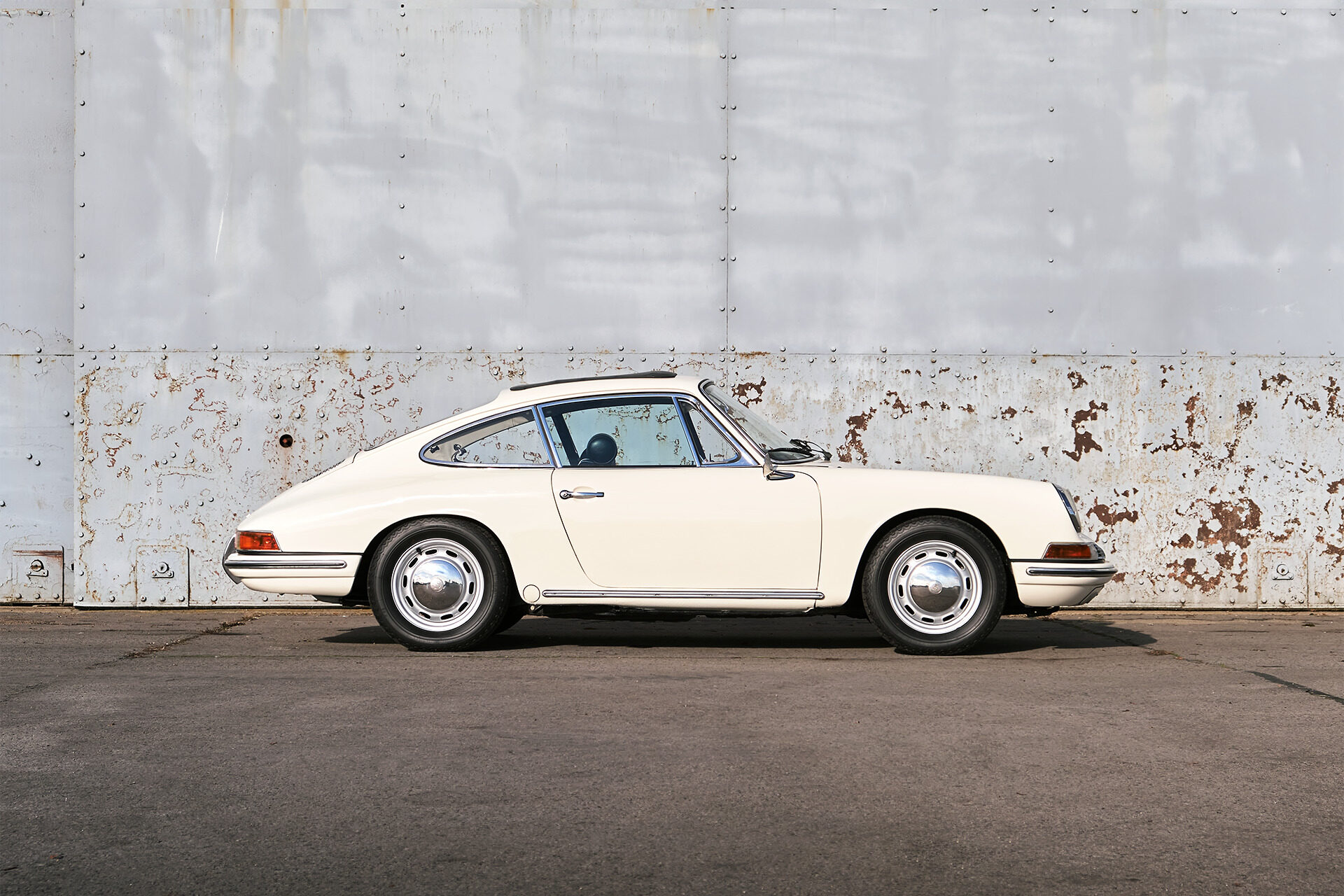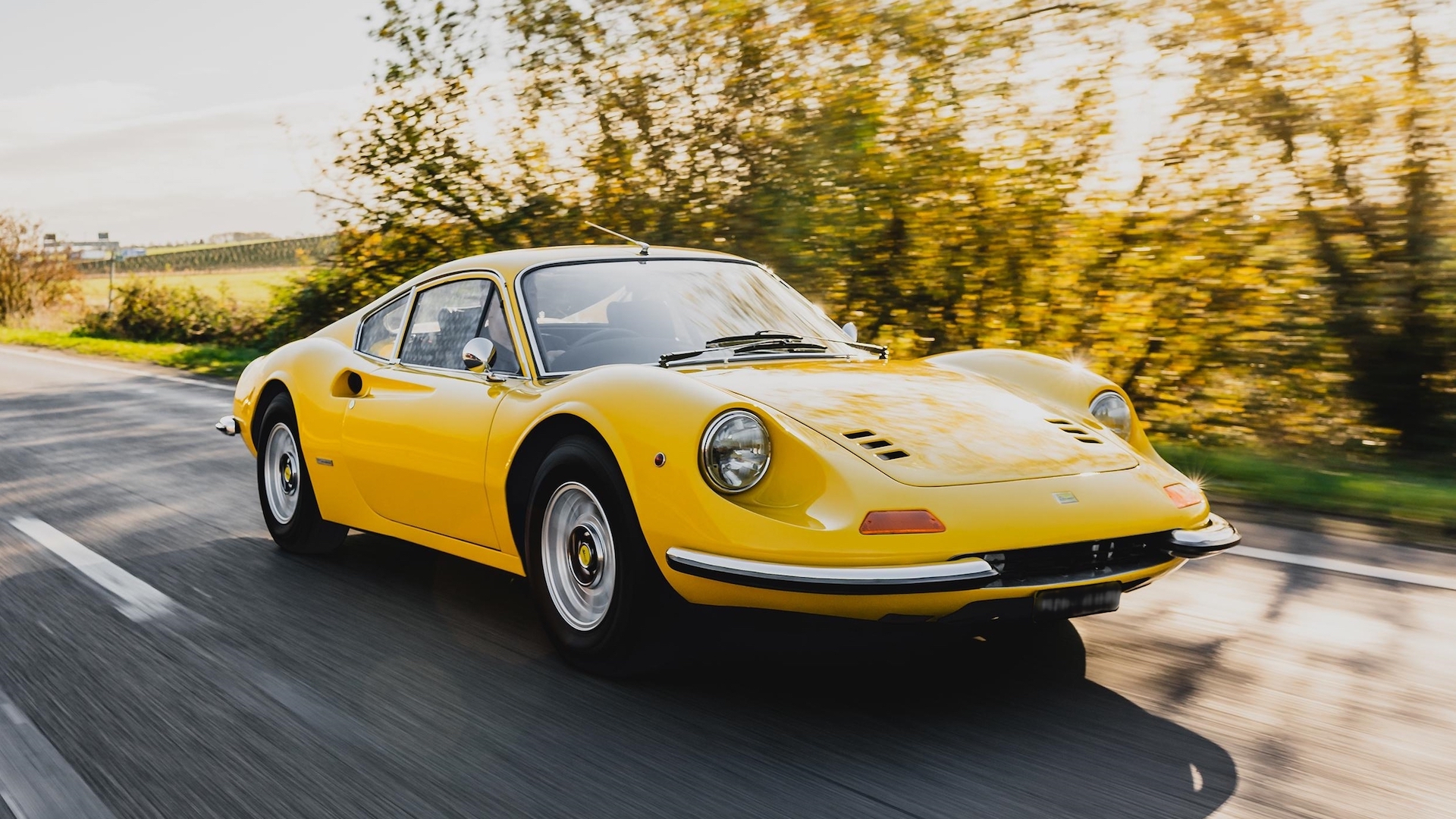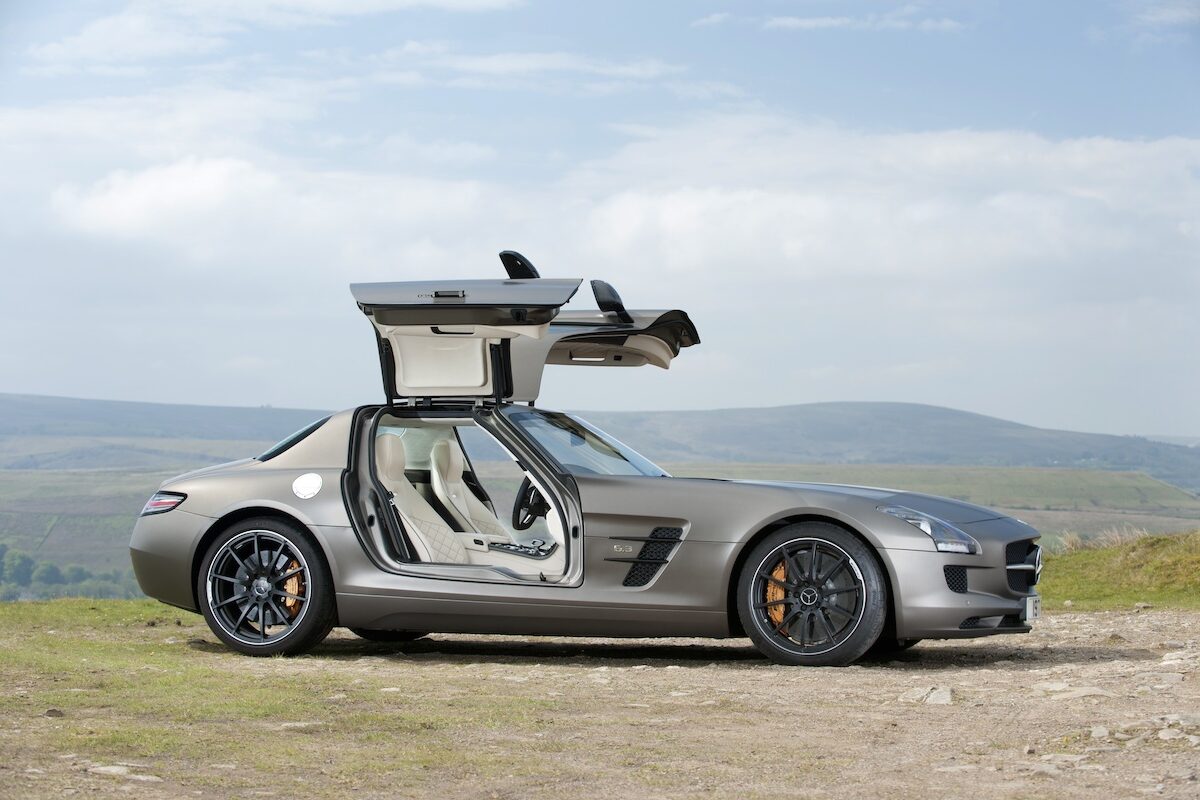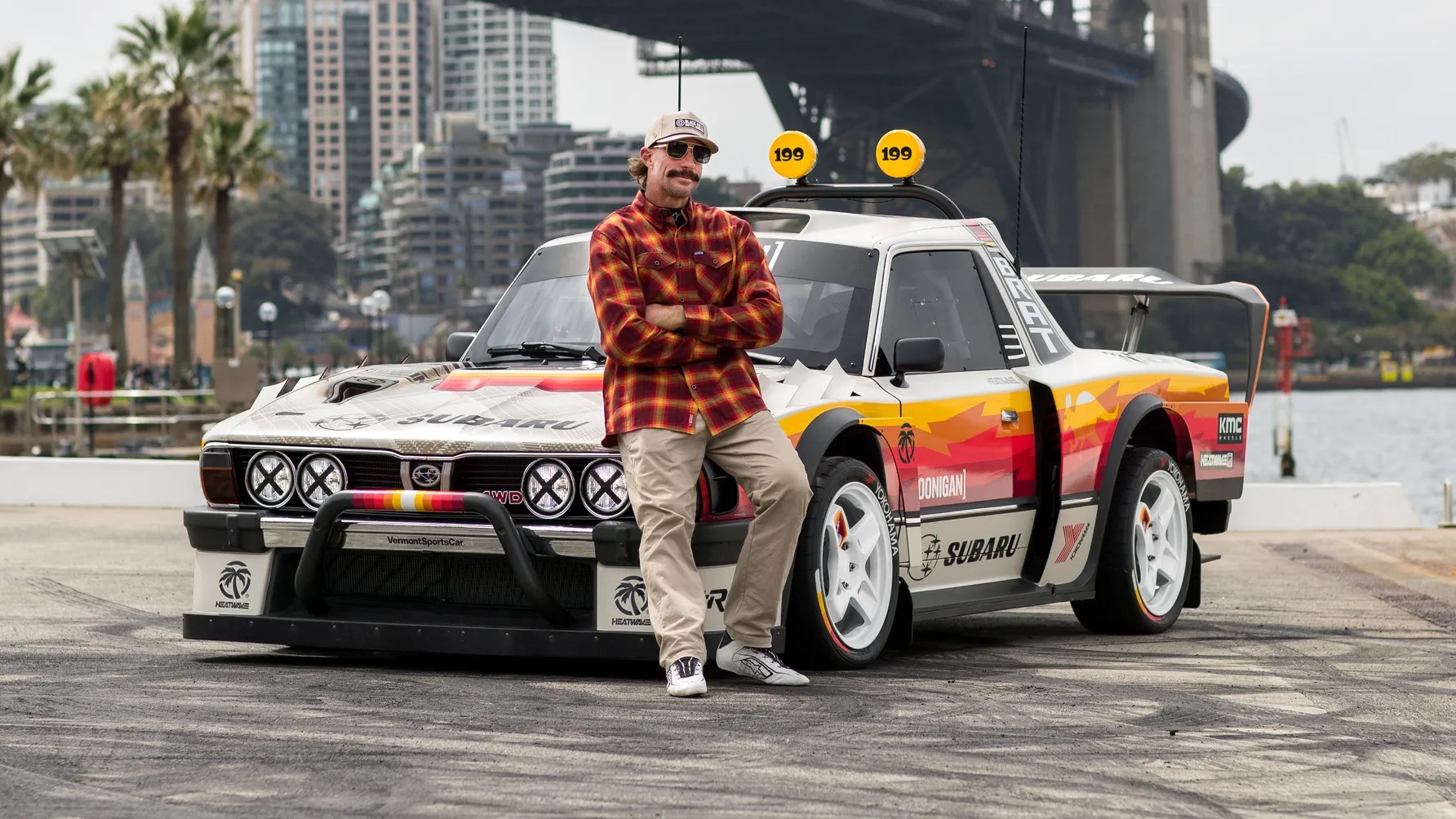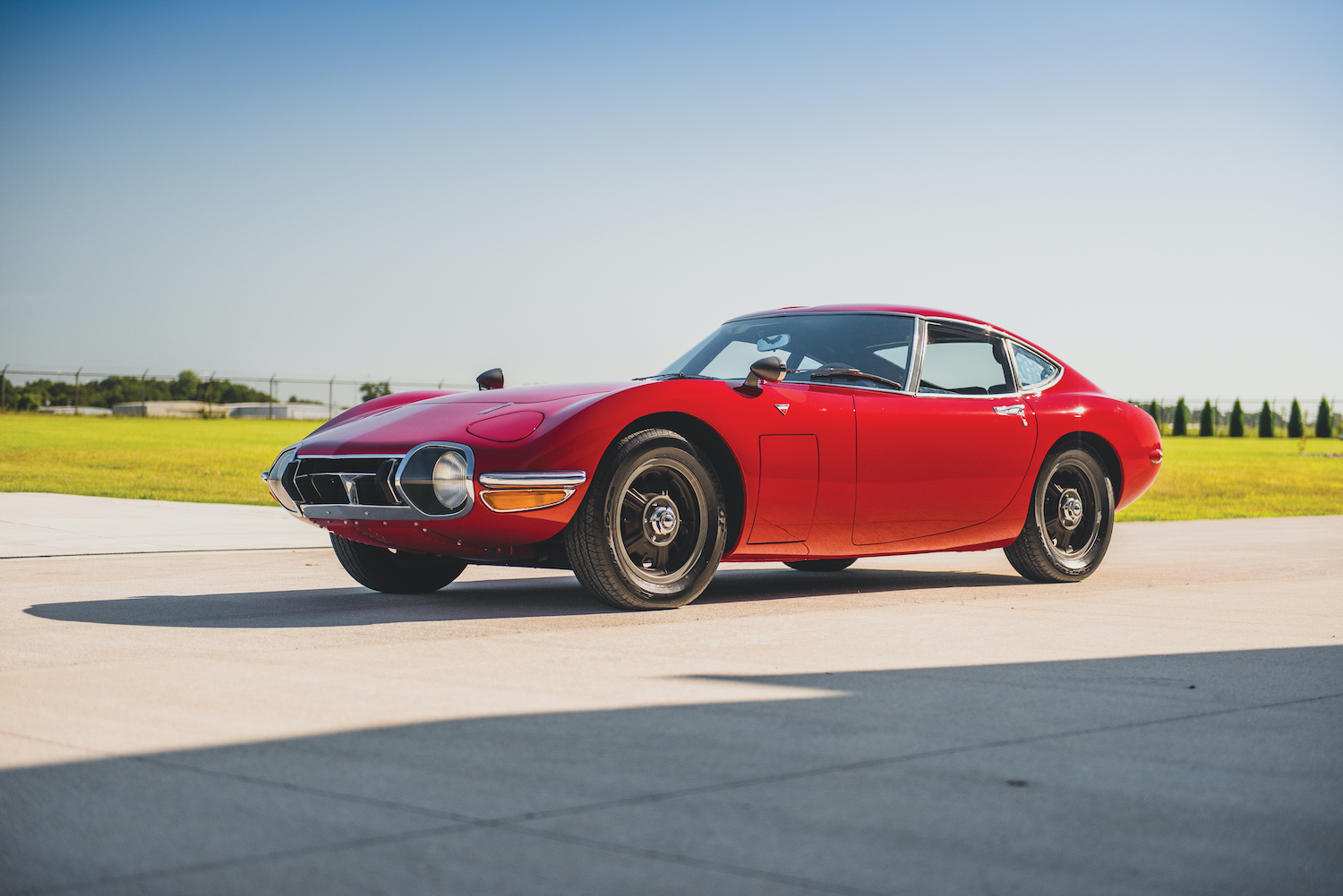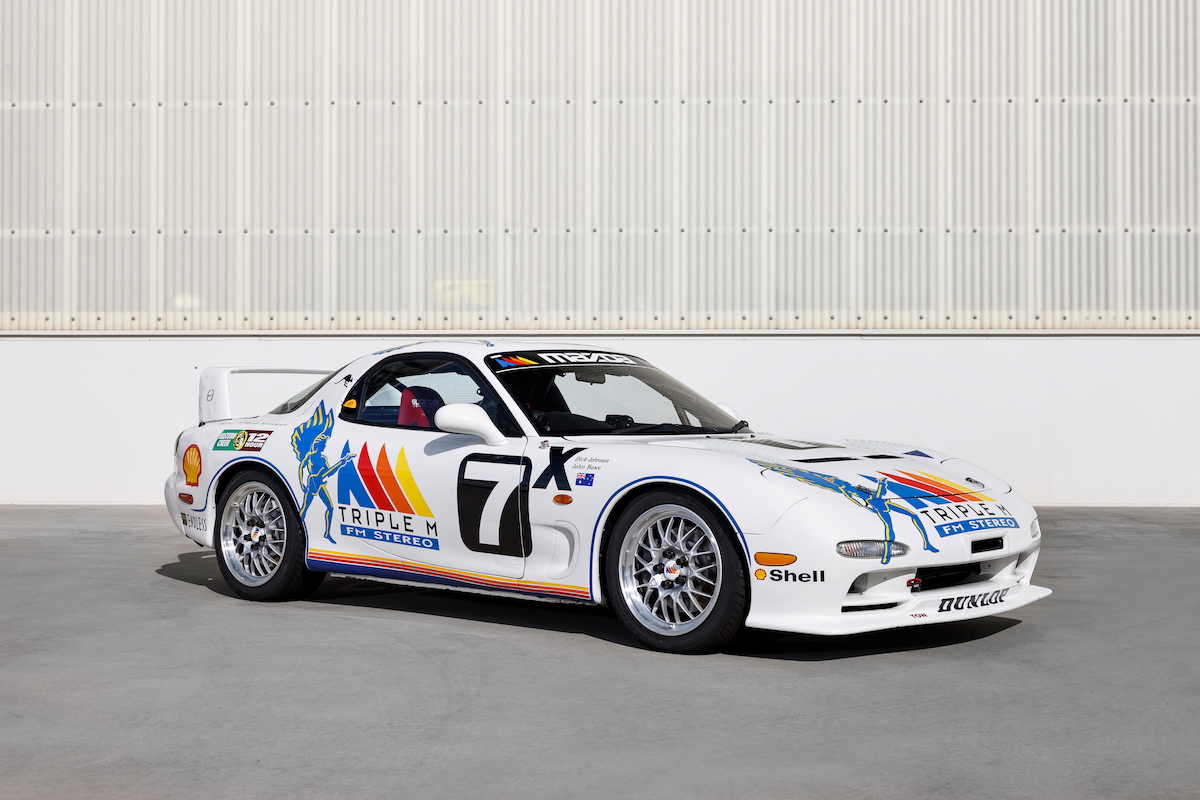Toyota’s KE10 Corolla arrived locally in 1967 and immediately created chaos in the market for small cars.
This segment had been dominated for years by BMC with its Mini and Morris 1100 and the Volkswagen Beetle. The Corolla was only a little more expensive than a VW or Mini Deluxe but demonstrably more spacious and modern. It also had the goods on Japanese products like the Datsun 1000 and Mazda 800.
As the years rolled by, Toyota held its spot at the head of the Small Car segment and introduced models like the CS with additional equipment and options like Toyota’s marvellous Nippondenso air-conditioning.
Ten years after its arrival, the Corolla had hardly changed in shape or concept and was slipping well behind Honda’s inventive Civic, the revamped Ford Escort and Holden’s Isuzu-sourced Gemini.
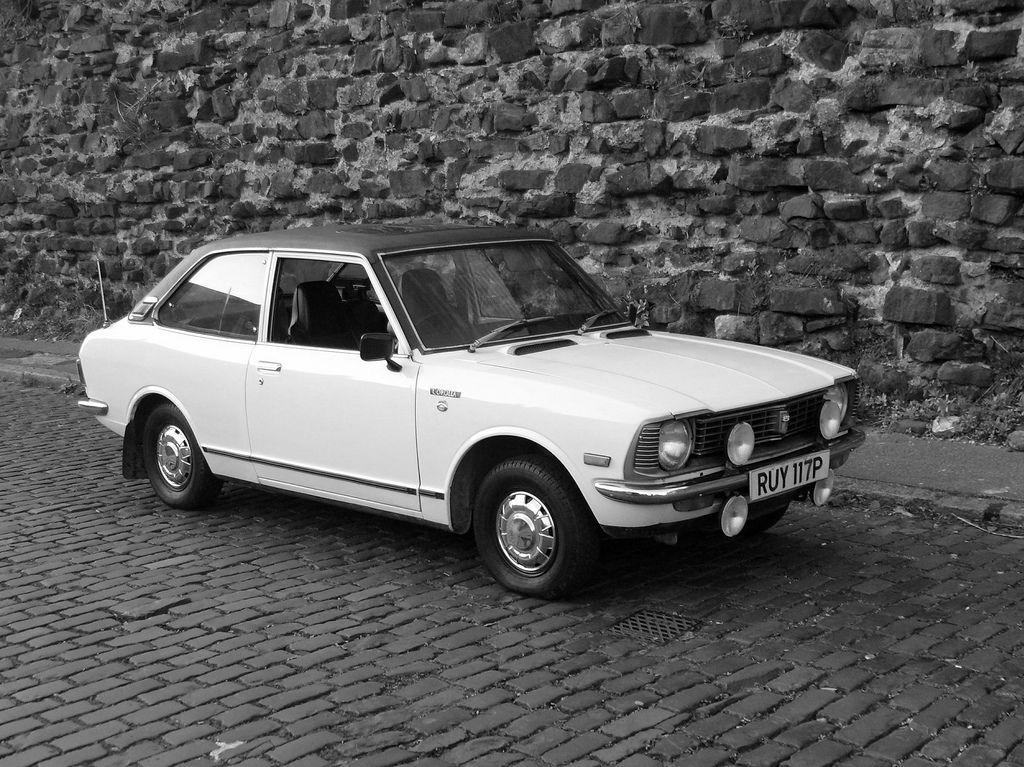
Cause for excitement would occasionally appear, and here, mention must be made of the full-import Sprinter and Levin coupes that performed with distinction in circuit racing and rallying.
Another useful addition to the 1970s Corolla range was the panel-van which went head-to-head with Holden’s Gemini load-carrier and models of similar size from Mazda and Nissan.
Moving into the 1980s, KE70 Corollas added a few extra kilowatts but its 1.3-litre engine still struggled. Noticeable improvement had to wait for the AE71 model with its overhead cam 1.6-litre with 58kW which would carry over into the front-wheel drive models of 1986.
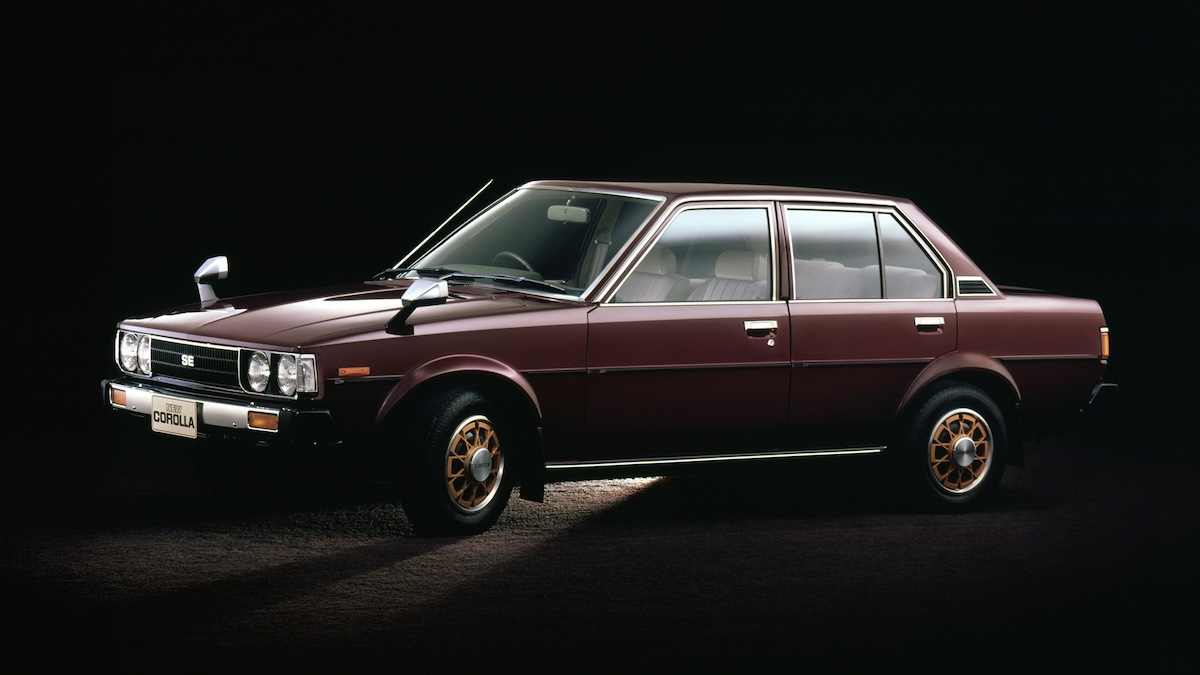
The earliest cars are in greatest demand and among the most difficult to find. Pre-1972 Sprinters are almost impossible to locate but availability in our market of 1980s versions has been improved by recent imports. Later cars, though, can cost over $50,000.
Corollas were often bought by people who kept them for years and doted on their cars during that time. Find one of these, even in the keeping of its second or third owner, with all the service receipts and documents intact, and while it could cost $20,000-plus you will have a Corolla worth keeping.
Things To Watch Out for When Buying a Used Toyota Corolla (1967-85)
- Faded headlight lenses and dull chrome trim detract from appearance and are costly to replace
- Exhaust smoke and engine noise suggest an overhaul is imminent
- Terrible two-speed Toyoglide automatic should have been replaced by a three-speed
- Play at steering wheel rim due to steering box wear
- Cracked and worn interior plastics
Valuation Timeline: Toyota Corolla (1967-85)
-
1995$3,200
-
2005$3,900+21.88%
-
2010$5,500+41.03%
-
2014$9,000+63.64%
-
2019$13,000+44.44%
-
2024$22,000+69.23%KE10-KE20 Sedan

